SLUSBG4B March 2013 – August 2021 TPS53511
PRODUCTION DATA
- 1 Features
- 2 Applications
- 3 Description
- 4 Revision History
- 5 Pin Configuration and Functions
- 6 Specifications
- 7 Detailed Description
- 8 Application and Implementation
- 9 Power Supply Recommendations
- 10Layout
- 11Device and Documentation Support
- 12Mechanical, Packaging, and Orderable Information
Package Options
Mechanical Data (Package|Pins)
- RGT|16
Thermal pad, mechanical data (Package|Pins)
- RGT|16
Orderable Information
8.2.3 Application Curves
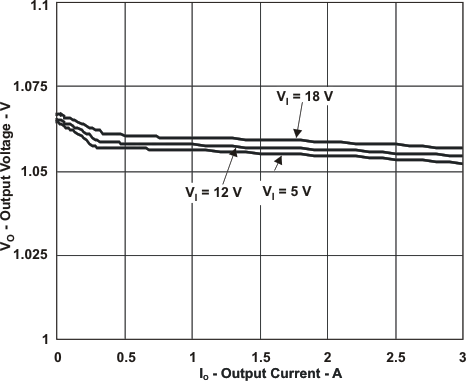 Figure 8-2 1.05-V Output Voltage vs. Output Current
Figure 8-2 1.05-V Output Voltage vs. Output Current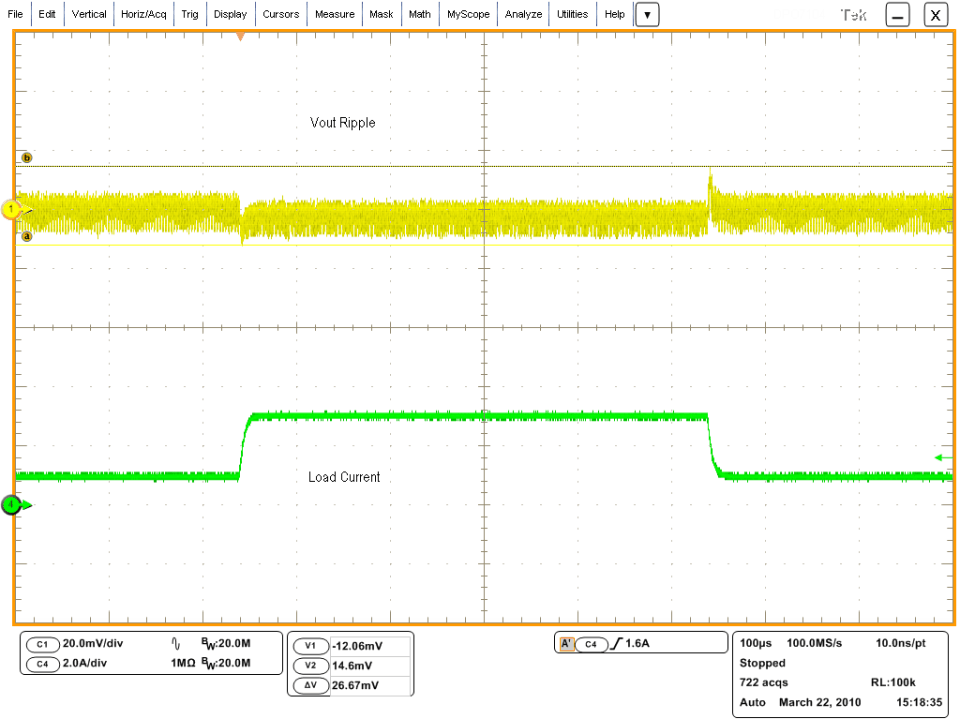 Figure 8-4 1.05-V, 0-A to 3-A Load Transient Response
Figure 8-4 1.05-V, 0-A to 3-A Load Transient Response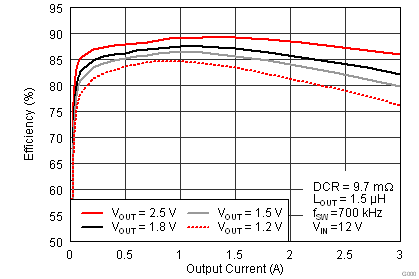 Figure 8-6 Efficiency vs. Output Current
Figure 8-6 Efficiency vs. Output Current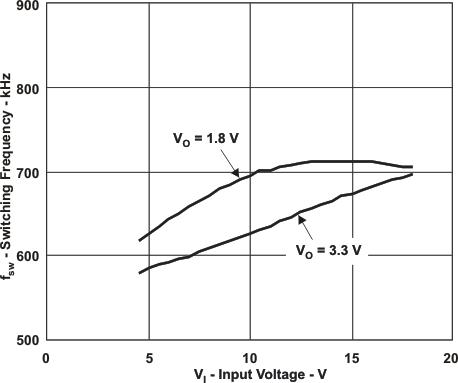 Figure 8-8 Switching Frequency vs. Input Voltage
Figure 8-8 Switching Frequency vs. Input Voltage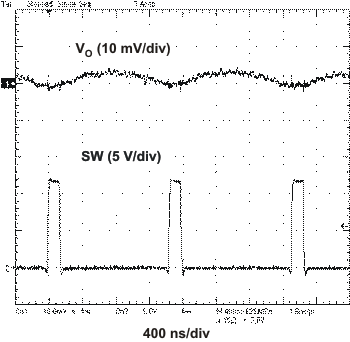 Figure 8-10 Output Voltage Ripple
Figure 8-10 Output Voltage Ripple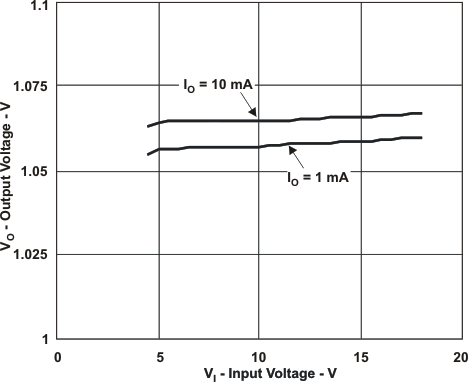 Figure 8-3 1.05-V Output Voltage vs. Input Voltage
Figure 8-3 1.05-V Output Voltage vs. Input Voltage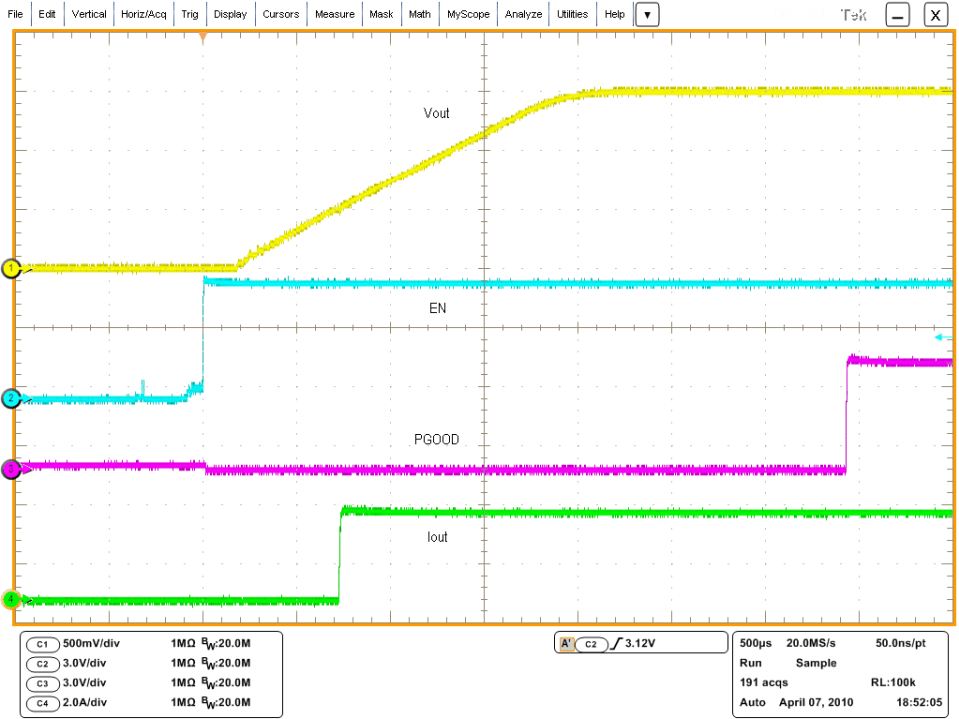 Figure 8-5 Start-Up
Figure 8-5 Start-Up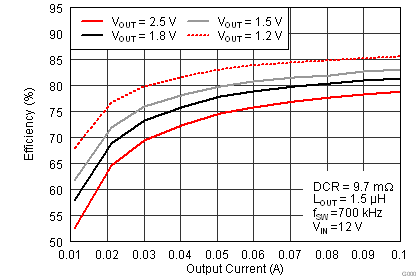 Figure 8-7 Light-Load Efficiency vs. Output Current
Figure 8-7 Light-Load Efficiency vs. Output Current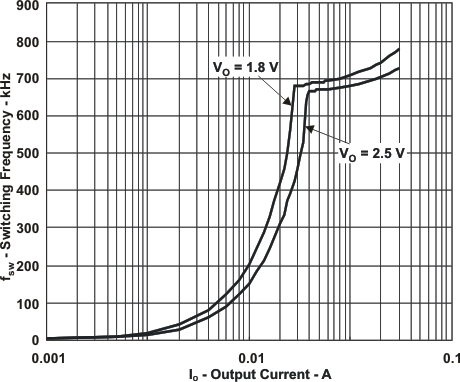 Figure 8-9 Switching Frequency vs. Output Current
Figure 8-9 Switching Frequency vs. Output Current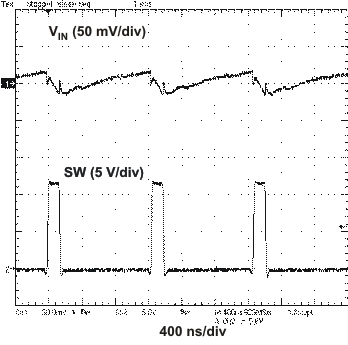 Figure 8-11 Input
Voltage Ripple
Figure 8-11 Input
Voltage Ripple